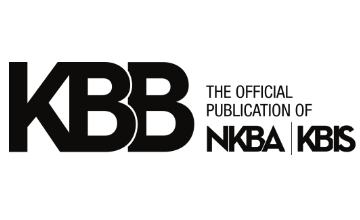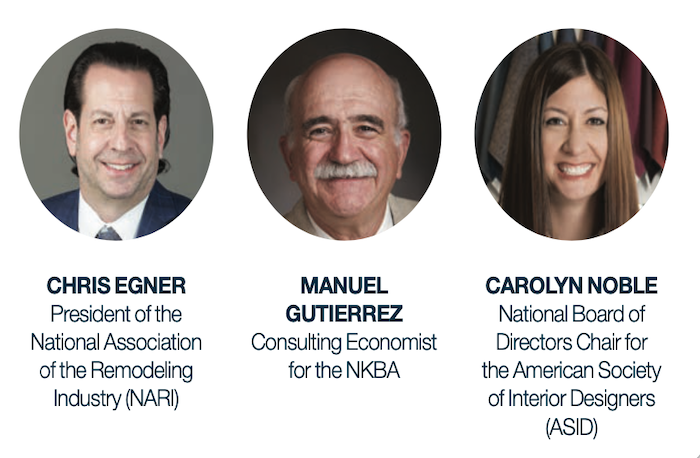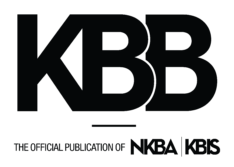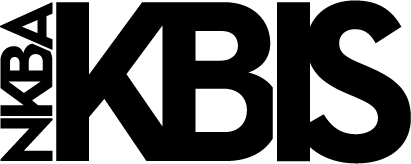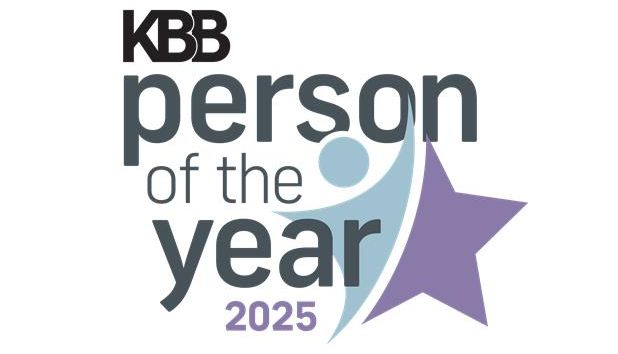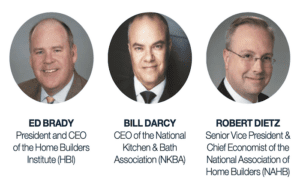

Just as 2021 was a strong year for the U.S. building and remodeling industry, 2022 will continue with some of those same indicators – some faring better than others. In the market outlook, there are no signs of demand letting up; people are investing more money in their homes now that they are spending so much more time in them.
“According to NKBA’s ‘2022 Kitchen & Bath Market Outlook,’ we estimate that total residential kitchen and bath spending will increase 19.2% in 2022, from $167 billion to $199 billion,” said Bill Darcy, CEO of the National Kitchen & Bath Association (NKBA). “We attribute approximately 6% of that increase to inflation. Similar to last year, this growth will be driven by a 21% increase in kitchen and bath new construction spending and a 16% increase in kitchen and bath remodeling spending.”
Robert Dietz, senior vice president & chief economist of the National Association of Home Builders (NAHB), says remodeling will outperform new construction in 2022 because the U.S. has an aging housing stock, and home price growth has resulted in additional home equity for owners. The issue is that demand is exceeding capacity – that of laborers and materials – and there is concern that quality work is becoming hard to find.
On the flip side, rising mortgage and interest rates and higher construction and remodeling costs are affecting housing affordability, possibly cooling off demand. Carolyn Noble, chair of the American Society of Interiors Designers’ (ASID) National Board of Directors, says that because inflation is rising faster than income, purchasing power for some is reduced, and home inventory has lessened as people are choosing to live in theirs longer.
“In response to rising inflation, the Fed is expected to change its stance on monetary policy, moving away from its near-zero interest rate policies,” said Manuel Gutierrez, consulting economist for the NKBA. “Any move to tame inflation will be gradual, with increases in the Federal Funds Rate potentially ranging from 0.25% to 0.50% every one or two months in 2022.”
According to the National Association of Realtors’ Existing-Home Sales data, as of press time there were 1.11 million homes available for sale, down 9.8% from the previous month and down 13.3% from 1.28 million one year ago. At the current sales pace, this KBB 2022 outlook represents a 2.1-month supply of inventory, continuing to indicate a high demand and low supply of houses.
Supply Chain and Building Material Challenges
Despite these two major COVID-related strains that are upon us, like the rising cost of caulk, metal and lumber, many new-build and remodeling projects are still moving forward. The difference is that lead times that might have previously been six weeks have increased to 26 weeks.
“Beginning in Q3 2020, supply-chain disruption has been the top challenge reported by NKBA members in the ‘NKBA/John Burns Kitchen & Bath Market Index,’”said Darcy, who also noted cost of materials, availability of skilled laborers, cost inflation and capacity shortages as additional hurdles. “Congested ports and labor and material shortages further compound already strained supply chains. Cost inflation is putting upward pressure on products and materials, forcing some consumers to defer their remodeling projects to 2022. Despite these challenges and concerns, kitchen and bath industry firms remain largely optimistic about continued demand and sales growth into 2022.”
The collective consensus from our panel of experts is that solving these problems will be an ongoing process for 2022 and that suppliers and design professionals are working hard to find alternative solutions. Darcy cited several of those, including switching to domestic suppliers to reduce delivery times, specifying products and brands never previously used to maintain supplies for clients and retailers and manufacturers stockpiling products and raw materials whenever possible.
Overall Employment and Skilled Labor Shortage Status
In a recent report from the Home Builders Institute (HBI) and the NAHB, 740,000 people would need to be hired by the construction and remodeling industry each year for the next four years to fulfill demand. This is because of myriad reasons, including a good portion of the workforce retiring and non-residential infrastructure recruiting workers, so there are many opportunities for workers to join our industry.
“According to the most recently released data from the Bureau of Labor Statistics, there are 345,000 unfilled construction jobs in the U.S. – significantly higher than the 261,000 recorded a year ago,” said Darcy.
Ed Brady, HBI’s president, says there is no overnight solution to the skilled labor shortage, but the goal is for influencers in our industry to change the mindset about this career path and how valuable it can be. He admits that the pandemic has had an adverse impact on the hands-on training his organization provides, limiting programs and closing schools.
“The positive side is that we have been innovative with online access to simulations, but the administration needs to concentrate on pre-apprenticeships, apprenticeships and introducing trades to a larger group,” he added. “Our high-demand market will eventually stabilize, though, which will alleviate some of the pressure, but it will take some time to repopulate the generation we have lost over the last 20 years.”
The good news is that there is a lot of money and time being invested in solving this ongoing challenge, as industry associations like NKBA, HBI and NAHB provide more skills-building programs and apprenticeships.
“For the last five years, the skilled labor shortage has been top of mind, and we are seeing a lot of positive movement,” said Chris Egner, president of the National Association of the Remodeling Industry (NARI). “Some associations have gone as far as to lobby Congress to fund more schools for the trades, and various chapters are involved with schools to promote the trades and provide training, which is making a big difference.”
— By Chelsie Butler
